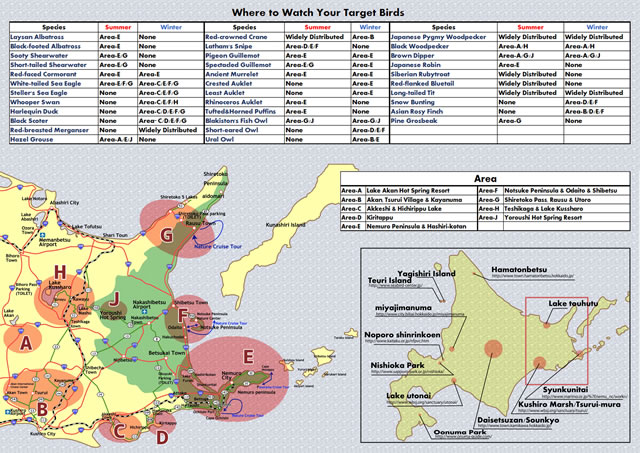The town closest to the sunrise.
The easternmost point of mainland Japan.
Enjoy Slow Travel in
NEMURO CITY
Cape Nosappu, Shunkunitai, JR Hanasaki Line, Nemuro Birdwatching
- From Nakashibetsu Airport, take the “Nemuro Kotsu (Bus)” on the Nakashibetsu Airport Line to Nemuro City Hall (about 2 hours).
- From Kushiro Airport, take the “Kushiro Airport Shuttle Bus” to Kushiro Station, then take the JR Rapid Nosappu to Nemuro Station (about 3 hours).
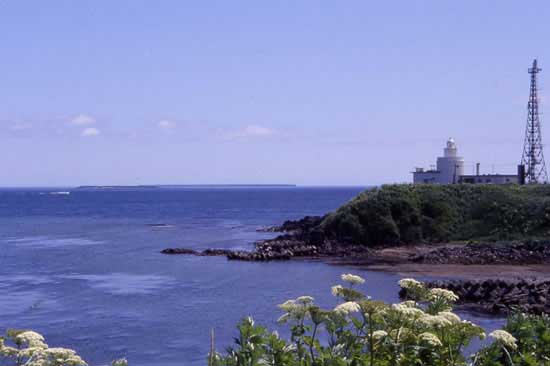
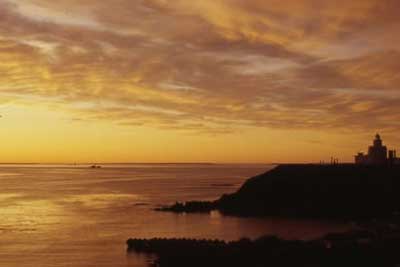



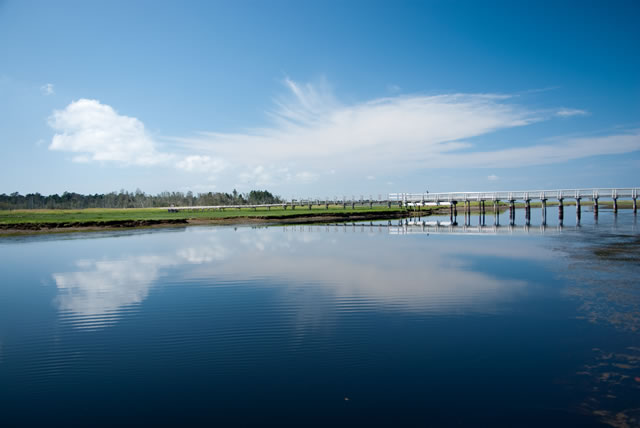

What is Nemuro?
Nemuro City is famous as an easternmost city in Japan.
It has Cape Nosappu that is visited by many tourists with their camera ready to take pictures of sunrise.
Standing on the cape, you will be amazed by dynamic natural scenery with the border between water currents of the Sea of Okhotsk and the Pacific Ocean clearly seen.
Blessed with vast nature, the fish catch of the Nemuro Port (one of the major fishing ports in Japan), is always among the highest in Hokkaido.
Let us introduce the City of Nemuro, the Kingdom of Gourmet, with various must-see spots.

Nemuro Sightseeing Mascot Character
[ Nemurow ]
Hi! I’m Hokkaido’s eastern point, Nemuro born Nemurow! I may look a little sleepy, or nemuso, but I promise I’m full of energy!
I’m doing my best everyday to tell everyone about the beauty of Nemuro! Come say hello everyone!
Treasure trove of nature, NEMURO CITY
Shunkunitai and the Lake Furen area are a birdwatching paradise, with around 370 species of wild birds to observe. Shunkunitai, in particular, is known as the “Miracle Island.” With its sand dunes, magical landscapes, and proximity to the city, this pristine natural environment is what makes Nemuro so attractive.
Additionally, you can experience the thrilling nature cruises from Ochiishi and Hamobai Port, as well as the Nemuro Footpath, and more. This introduces the tourism that begins and connects from Nemuro City.
Welcome to Japan's No. 1 Wild Bird Paradise!

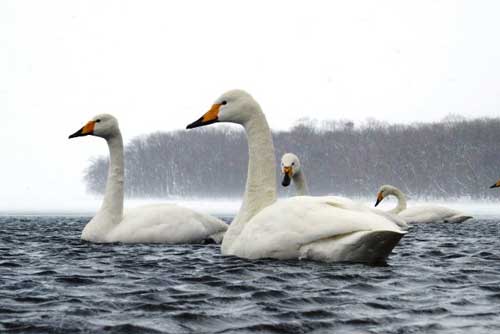

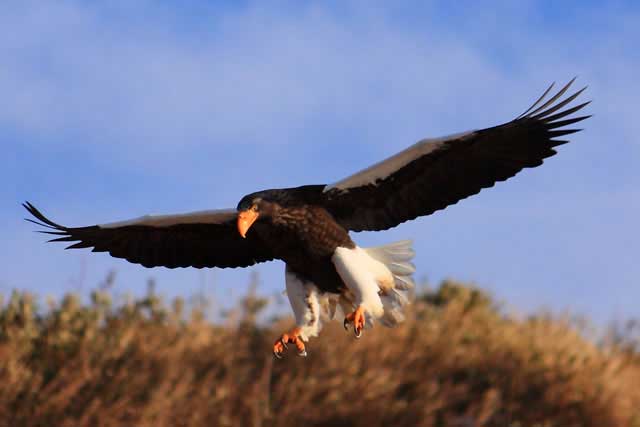
The Nemuro and Kushiro region is located in the eastern part of Hokkaido,Japan’s Northern Island.
More than 370 species of birds have been recorded in this region.
The list of species includes a number of iconic birds such as Red-crowned Crane,Blakiston’s Fish Owl and Steller’s Sea Eagle, but the list of interesting species goes on and on: White-tailed Eagle, Whooper Swan, Harlequin Duck, Black Scoter, White-winged Scoter, Japanese Cormorant, Pelagic Cormorant, Red-faced Cormorant, Hazel Grouse, Latham’s Snipe, Brown Dipper, Spectacled Guillemot, Pigeon Guillemot, Ancient Murrelet, Rhinoceros Auklet,Tufted Puffin, Ural Owl, Shorteared Owl, Black Woodpecker, Japanese Pygmy Woodpecker, Grey-headed Woodpecker,White-backed Woodpecker, Japanese Robin, Siberian Rubythroat,Gray’s Warbler, Middendorff ‘s Grasshopper Warbler, Lanceolated Warbler, Asian Rosy Finch and so on.
There are three national parks in the region: Akan NP, Kushiro-shitsugen NP,and Shiretoko NP. In July 2005, the Shiretoko area was designated as a World Natural Heritage. They are all very well worth visiting.
Eastern Hokkaido is embraced by the Sea of Okhotsk and the Pacific Oceanand the land is rich in rivers, lakes, bays, mountains, volcanoes, forests, and wetlands. As a result, it has a very diverse natural environment.
In addition to these features, this region has many fishing ports where you canenjoy watching hundreds of gulls, ducks and wintering sea eagles very easily.
You can also enjoy bird-watching cruises all year round and whale-watchingcruises in summer; these are operated from several of these fisging ports.
Seabird-watching cruises in the Nemuro area and eagle-watching cruises from Rausu are highlights of visits to this region. You can enjoy watching a range of guillemots, auklets, shearwaters, sea-ducks, divers, skuas,and albatrosses in the Nemuro area in summer or winter, while watching or photographing eagles on sea-ice off Rausu in February has become world famous.
Watching or photographinlg Red-crowned Cranes is another excellent experience.
In winter, you can easily enjoy this fantastic bird in the Kushiro area.
At Akan International Crane Centre, at Tancho no Sato, don’t miss the feeding show which starts at 2 o’clock every day only in winter. In addition to the courtship dancing of the cranes, watch spectacular battles between the cranes and sea eagles tempted in by food put out for the cranes. Visit the Otowa Bridge in Tsurui Village very early on winter mornings to see the cranes leaving their overnight roost-it’s a spectacular experience. You can watch the cranes resting or dancing in the mist rising from the river.
The best seasons for bird-watching in this region are the periods between late January and early March for winter birds and between mid-June and early August for summer birds. You need at least 4-5 days for watching or photographing, but if you really want to enjoy the region’s birds, staying for one week is recommendable.
There is a great range of accommodations in the area, which includes reasonable Japanese-style inns, B&B, and western style hotels. You can enjoy Japanese style meals throughout the region, but for those who do not enjoy Japanese cuisine, western-style meals are available in most of the towns. This area is also very rich in natural hot springs. In most of the inns and hotels, you can enjoy Japanese-style public hot-spring baths, which are wonderfully relaxing after a long day out in the field birdwatching. For those not interested in experiencing this traditional Japanese culture, western-style baths may also be available; it is best to make your intentions clear when you choose your accommodations.
Western-style rent-a-car service is available at each aitport, and is quite reasonably priced. Driving around this area in summer is very pleasant, but driving on Frozen winter roads is challenging and may be dangerous for beginners. Hiring an English-speaking bird-watching guide is recommended, and we have several that we can introduce you to. They can provide you not only with bird-watching guiding service, but will also drive for you and will be there to interpret the language and culture you experience during your stay.
Nature and Experiences
Nemuro City’s natural experiences are globally famous for birdwatching at Shunkunitai. It is a sacred place where around 370 species of birds gather. You can see large, nationally protected species such as the Steller’s Sea Eagle, White-tailed Eagle, Red-crowned Crane, and the Blakiston’s Fish Owl.
Additionally, there are a variety of activities available, such as animal watching tours, cruise ship tours, canoeing, fishing, and footpath walks.
Culture and History
Around the beginning of the Meiji era, Nemuro was the largest town in eastern Hokkaido. The islands connected to the peninsula (now the Northern Territories) were rich in seafood, such as kelp, and Nemuro thrived as one of Asia’s leading fishing ports. The grand festival of the Kotohira Shrine, founded by the Takadaya Kahei of the Kitamae ships, is one of the three major festivals in Hokkaido and has become a summer tradition in Nemuro.
Additionally, Nemuro City has 24 sites of the “Nemuro Peninsula Ainu Chashi Ruins” (fortified enclosures, flat settlements), and it is the first among Japan’s 100 famous castles. The central ruins are the Notsukamafu 1 and 2 Chashi sites. The easternmost town on the Japanese mainland has a history connected to adventurers and explorers from around the world.
Urban Area
It is a port town with a population of about 27,000 people. The town is number one in Japan for the catch of Pacific saury, and a large portion of the population is concentrated in the northern and southern areas along National Route 44, between Hanazono and Meiji districts. Additionally, the sake brewery “Kitano Katsu” (Usui Shoten), known for its local sake, and the popular conveyor-belt sushi restaurant “Hanamaru Honten” are located in Nemuro City. When it comes to crab in Nemuro, the Hanasaki Crab caught at Hanasaki Port is famous. The three major local dishes are Escalope, Stamina Rice, and Oriental Rice.
Recommended Sightseeing Bus
The Flavors of Nemuro
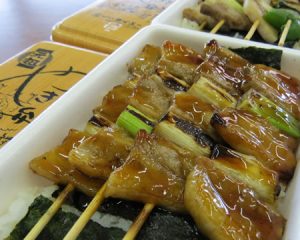
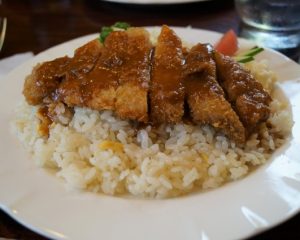
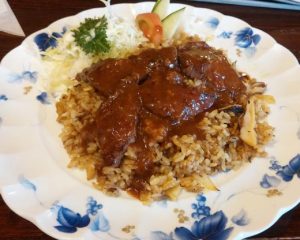
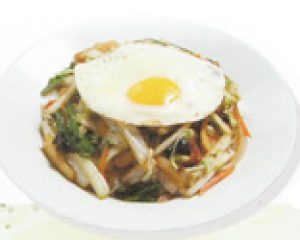
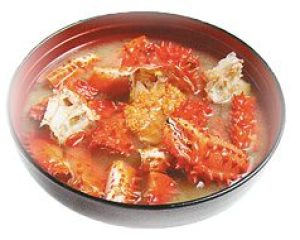
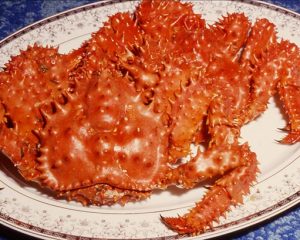

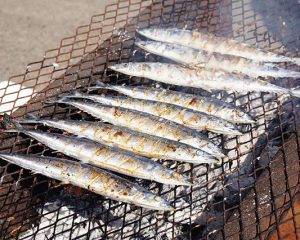
Nemuro's Seafood
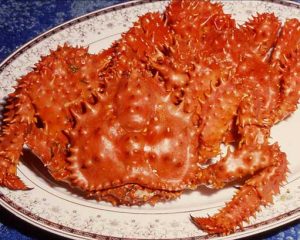
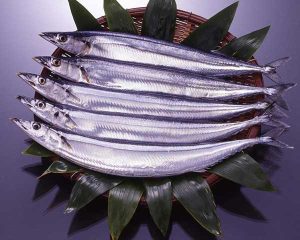
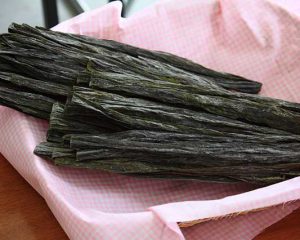
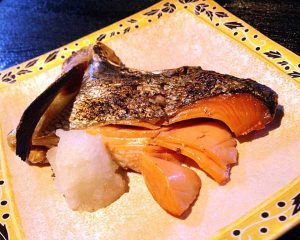
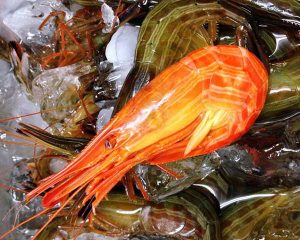
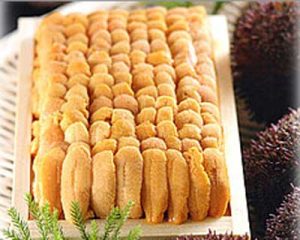

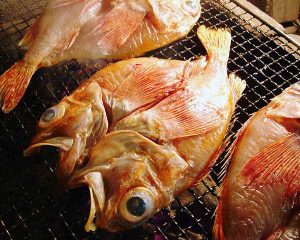
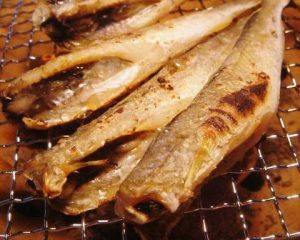
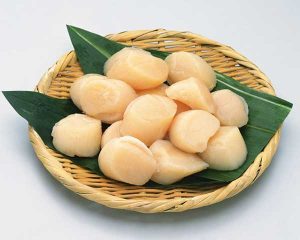
Cape Nosappu / Habomai Port Area
Cape Nosappu is the easternmost point in Japan where people live, and it is the place where the first sunrise in Japan occurs.
Around 1900, the village of Habomai existed in a large area that included the present-day Habomai Fishing Port and the Habomai Islands. The area was rich in marine products, and especially, Habomai kelp was considered a luxury item.
Currently, from Habomai Fishing Port, there are cruises (Panorama Cruise) to the easternmost point, where you can enjoy watching whales, sea otters, dolphins, and drift ice.
Hanasaki Port / Ochiishi Area
The port of Nemuro is known for the landing of Hanasaki crabs. Due to its relatively low influence from drifting ice, it is a valuable fishing port in Nemuro. The autumn sardine fishing boasts the highest catch in Japan. Descending from the Hanasaki Lighthouse towards the sea, you will find the unusual rock formation called Kuramaishi, designated as a national natural monument. The cape that protrudes into the Pacific Ocean at the base of the Nemuro Peninsula is called Cape Nosappu, and it is popular for footpaths.
Shunkunitai and Other Areas
Shunkunitai is said to be a holy place for birdwatching in Asia, with 280 species of birds, both large and small, gathering there. Birdwatchers from all over the world come to this place.
The Nemuro Strait lies between Cape Nosappu and Cape Shiretoko, about 130 km north to south, with Kunashiri Island across from it. The largest sand spit in Japan, the square sun in winter, the mirror-like Notsuke Bay, and the sanctuary for wild birds are all part of the untouched natural landscapes.
Events
Sightseeing in the Area
Access
Recommended route: From Nakashibetsu Airport
From Nakashibetsu Airport, take the "Nemuro Kotsu" Nakashibetsu Airport Line to Nemuro City Hall (about 2 hours).
Recommended route: From Kushiro Airport
From Kushiro Airport, take the "Kushiro Airport Shuttle Bus" to Kushiro Station, then take the JR Rapid Nosappu to Nemuro Station (about 3 hours).
Recommended: Earth Exploration Railway – JR Hanasaki Line
"The Earth Exploration Railway JR Hanasaki Line" is a train that runs through two and a half hours of breathtaking scenery between Kushiro and Nemuro. You can enjoy untouched nature, wild birds, and wildlife up close, including the Bekanbeushi Wetlands and Akkeshi Bay.
- Nakashibetsu Airport – Abashiri Bus terminal about 2 hours
- Kushiro Airport – Kushiro Station about 45 minutes
- Kushiro Station – Nemuro Station about 2 hours and 45 minutes
- From Nakashibetsu Airport about 78 km, about 1 hour 20 minutes
- From Kushiro Airport about 142 km, about 2 hours 20 minutes
- From Sapporo about 422 km, about 6 hours
- Kushiro Station – Nemuro Station (Rapid Nosappu) about 2 hours 11 minutes
- Sapporo Station – Kushiro Station (Ltd. Exp. Ozora 1) – Nemuro Staion (Rapid Nosappu) about 6 hours 36 minutes
- Tokyo – Nakashibetsu 1 hour 40 minutes
- Tokyo – Kushiro 1 hour 35 minutes
- Osaka – Kushiro 2 hours
Climate in Nemuro
| Average temperature | Precipitation | |
| Jan. | -1.1℃ | 35.5 |
| Feb. | -1.6℃ | 22.6 |
| Mar. | 1.6℃ | 52.5 |
| Apr. | 7.2℃ | 66.5 |
| Average temperature | Precipitation | |
| May | 11.5℃ | 102.1 |
| Jun. | 14.4℃ | 90.9 |
| Jul. | 17.9℃ | 121.7 |
| Aug. | 20.8℃ | 120.8 |
| Average temperature | Precipitation | |
| Sep. | 18.8℃ | 167.0 |
| Oct. | 14.4℃ | 106.3 |
| Nov. | 8.3℃ | 84.5 |
| Dec. | 2.1℃ | 50.4 |

| Average annual temperature | 9.5℃ |
| Annual precipitation | 1020.8mm |
Nemuro City Tourist Association
Tourist Information Center, 2-10 Kowa-cho, Nemuro-shi, Hokkaido
TEL:+81-153−24−3104
© CEDARS Communications Co.,Ltd. all right reserved. 悠悠北海道 ®


